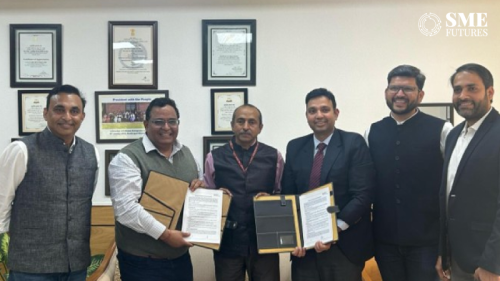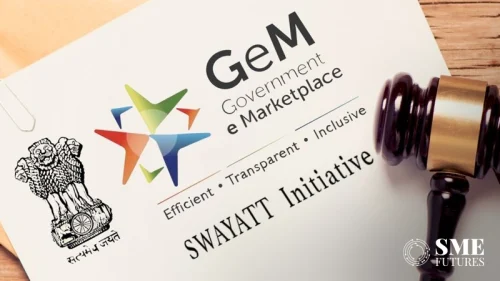The total number of folios of the Indian mutual fund industry has nearly doubled in the last five years at 17.79 lakh crore in March 2024, up from 8.97 lakh crore in March 2020 on the back of increasing awareness and a growing interest among retail investors for investing in equities and bonds through the mutual fund route. The opening up of branches of AMCs (asset management companies) beyond the top 30 towns is also encouraging more people to look at mutual funds as a suitable investment vehicle, which is evident in the surge in the number of folios, said ICRA Analytics.
Interestingly, retail investors account for a major share of the total number of folios. According to the quarterly data on folio and ticket size available on the AMFI website, retail investors accounted for nearly 91.3 per cent of the 16.49 folios in the mutual fund industry in December 2023 at 15.06 lakh crore. HNIs account for around 8 per cent at 1.33 lakh crore while institutional investors account for less than 1 per cent at 0.11 lakh crore folios. It is to be noted that an investor may have multiple accounts or folios in a single fund or across funds. This is therefore not a count of the number of investors, but the number of accounts.
On a year-on-year basis, the total number of folios increased by nearly 22 per cent from 14.57 lakh crore in March 2023.
“Increasing awareness about the various investment options among people, primarily from smaller towns and cities, growing financial literacy, and the surge in interest among retail investors for investing in equities and bonds through the mutual fund route are all contributing to the healthy growth in folios. However, mutual fund penetration is relatively low in the country so there is a lot of scope for growth. The burgeoning middle class and rising financial literacy coupled with professional fund management capability of mutual funds and regulatory oversight is likely to add confidence thereby prompting more and more people to resort to better financial planning so as to accrue savings and this will lead to a good surge in the number of new folios being added in the coming years,” Ashwini Kumar, Senior Vice President and Head Market Data, ICRA Analytics, said.
Equity-oriented funds tops the list of schemes across these folios at 68.7 per cent, ETFs and Fund of Funds account for 11.7 per cent while hybrid schemes comprise 7.7 per cent as on December 2023. Retail investors had an average ticket size of Rs 84,890 per account in Dec 2023, which is almost 20 per cent higher as compared to Rs 70,775 per account in Dec 2022.
Redemptions from equity-oriented schemes drop 21% in last 5 years
The industry’s total AUM (assets under management) has more than doubled in the last five years at Rs 53.40 lakh crore in March 2024, as against Rs 22.26 lakh crore in March 2020. The inflows into the equity-oriented schemes grew by nearly 10 per cent at Rs 22,633 crore, up from Rs 20,534 crore last year backed by increasing inflows across various equity-oriented schemes including sectoral, flexi cap and large and mid-cap funds among others.
Retail investor’s interest in staying invested for long term is clearly evident as total redemptions from open ended equity-oriented schemes decreased by nearly 21 per cent in the last five years from Rs 15.25 lakh crore in March 2020 to Rs 12.06 lakh crore in March 2024.
The AUM of large cap, mid cap and small cap funds have also witnessed a surge in the last five years. Net AUM of large cap funds increased by 175 per cent at Rs 3.14 lakh crore in March 2024, up from Rs 1.14 lakh crore in March 2020. The surge in AUM was more significant in case of mid cap and small cap funds during the same period. AUM of mid cap funds grew by 350 per cent at Rs 2.97 lakh crore in March 2024 (Rs 0.66 lakh crore in March 2020) while that of small cap funds increased by 575 per cent at Rs 2.43 lakh crore in March 2024 (Rs 0.36 lakh crore in March 2020).
“After a consistent surge in inflows since the beginning of this fiscal, the small cap funds registered net outflows to the tune of Rs 94 crore in March 2024. This could be on the back of some correction in the segment post the recent SEBI mandate requiring routine stress tests to be conducted on small and mid-cap funds to highlight the potential liquidity risk associated with these funds when the markets come under pressure,” Kumar said.
“However, we feel that the small cap and mid cap funds, which have witnessed a steady surge in AUM over the last one year, is likely to hold investor interest in the medium to long term due to the value created in the entities supported by robust regulatory framework leading to better corporate governance practices and the government’s firm intent to push for an intrinsic growth in the country’s economy,” he added.











